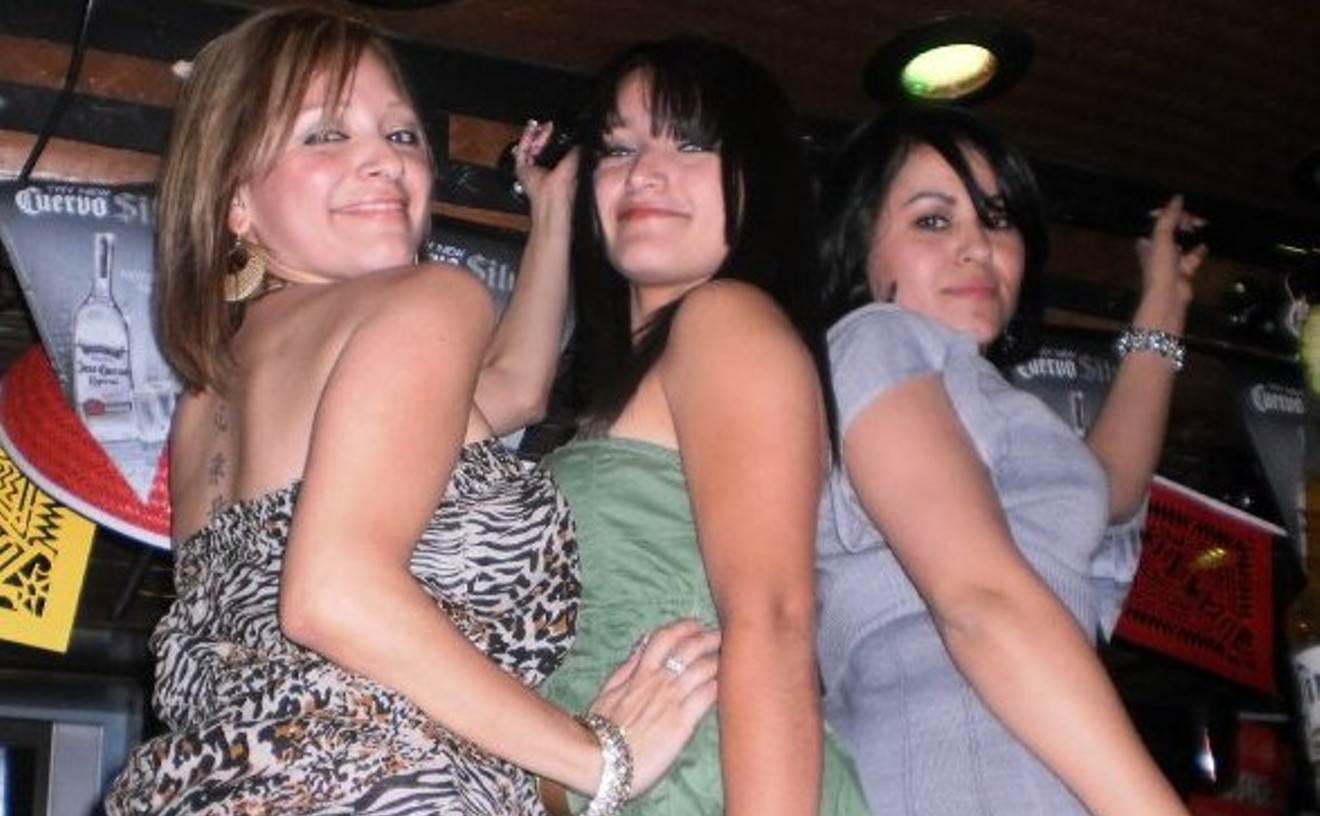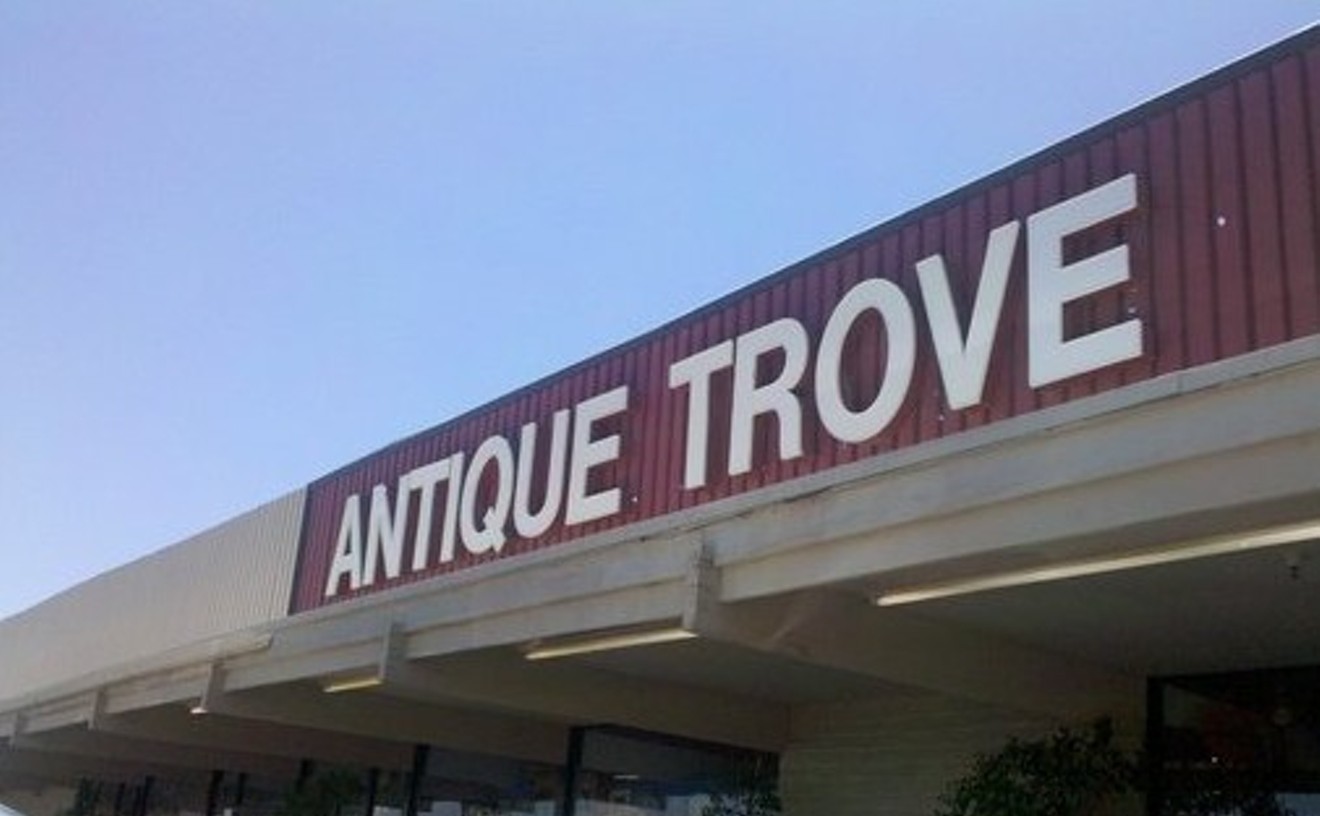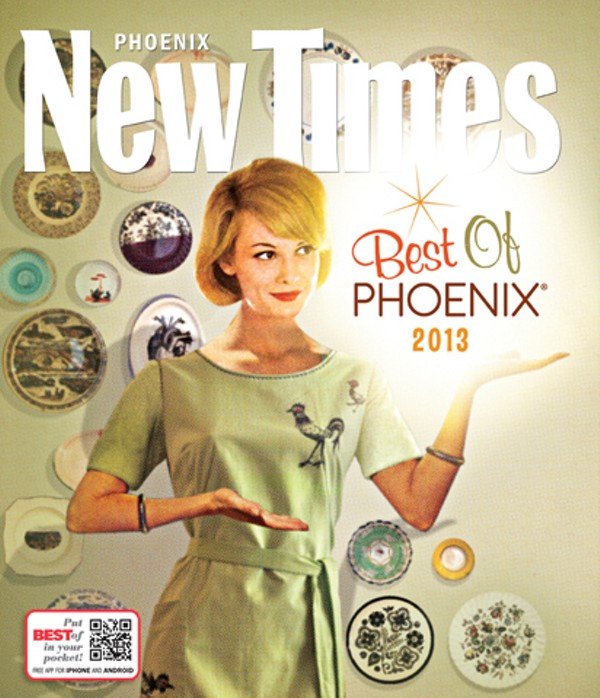Long before the Mexican Revolution (1910-1921), American turistas regularly invaded our neighbor to the south looking for exotic adventures and souvenirs they could drag home as proof of their traveling derring-do. Until the late 1960s, one of the mandatory stops on the Mexican vacation circuit was Tlaquepaque, a charming little town outside Guadalajara in the Mexican state of Jalisco that catered to the cravings of insatiable American consumer/collectors. The town was crammed with curio shops that carried handmade pottery made by artisans living in another nearby ceramics town, Tonalá.
Mexican ceramicists and shopkeepers quickly learned to pander to tourist tastes, and thus was born vintage Mexican tourist pottery, which has become wildly collectible. From the 1920s on, non-indigenous forms of utilitarian tableware, like formal tea sets, snack plates, divided lazy Susans, soup tureens, and other equally gringo forms of culinary presentation were schlepped back across the border and proudly displayed in the parlor.
Actual use of the low-fired decorated and glazed pottery pieces was problematic, since their glazes contained unhealthful amounts of lead. One of the very few places in the Valley that sells good vintage Mexican tourist pottery, as well as market and other Mexican folk art pottery — and for prices that don't involve the sale of newborns or second mortgages — is Bill Stolp's space at Antique Trove in Scottsdale. The owner, who also sells out of his house in Fountain Hills, has a good eye for vintage ware and prices it within the means of the average collector.
On our last trip to the Antique Trove, we spotted pieces done in the style of the famous Lucano family, wonderful soup tureens in the shape of a nesting chicken and a pokey turtle, and platters lavishly hand-decorated in what is called fantasía style. Stolp even had several noteworthy tree of life candelabra (arboles de la vida) from Metepec, another ceramics town in the state of Mexico famous for this particular form. Inventory changes frequently, so make sure to visit often. And take plenty of money.









